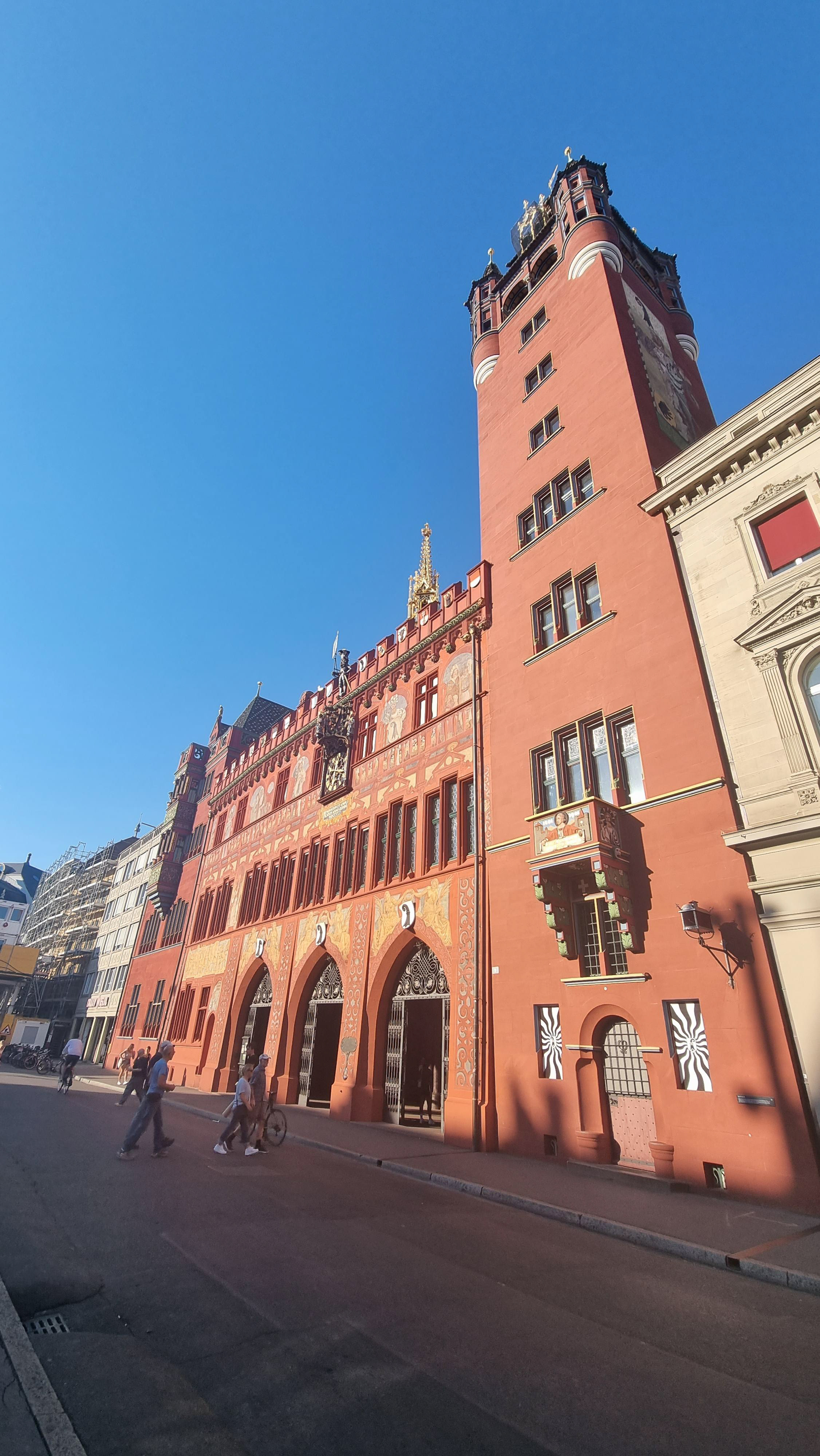Team: Product owner x 2, project manager, project lead | Tools: MIRO, Figma, Teams
The competitive analysis allowed us to see what the existing market was doing in the space and identify anything we had not thought about.




Usability testing on the main Swiss competitor site gave me further insight into what is vital to the market and what is not as important.
Usability testing on the altered UK site allowed me to test out some solutions identified in the research so far with the consumers in the new market.
The focus groups allowed me to dig deeper into some of the topics that arose during the earlier research.
The findings from all of the research methods were added to a MIRO board and synthesised together.
Insights from each research method were presented back to the immediate project team to keep them in the loop with findings and allow them to contribute more questions.



